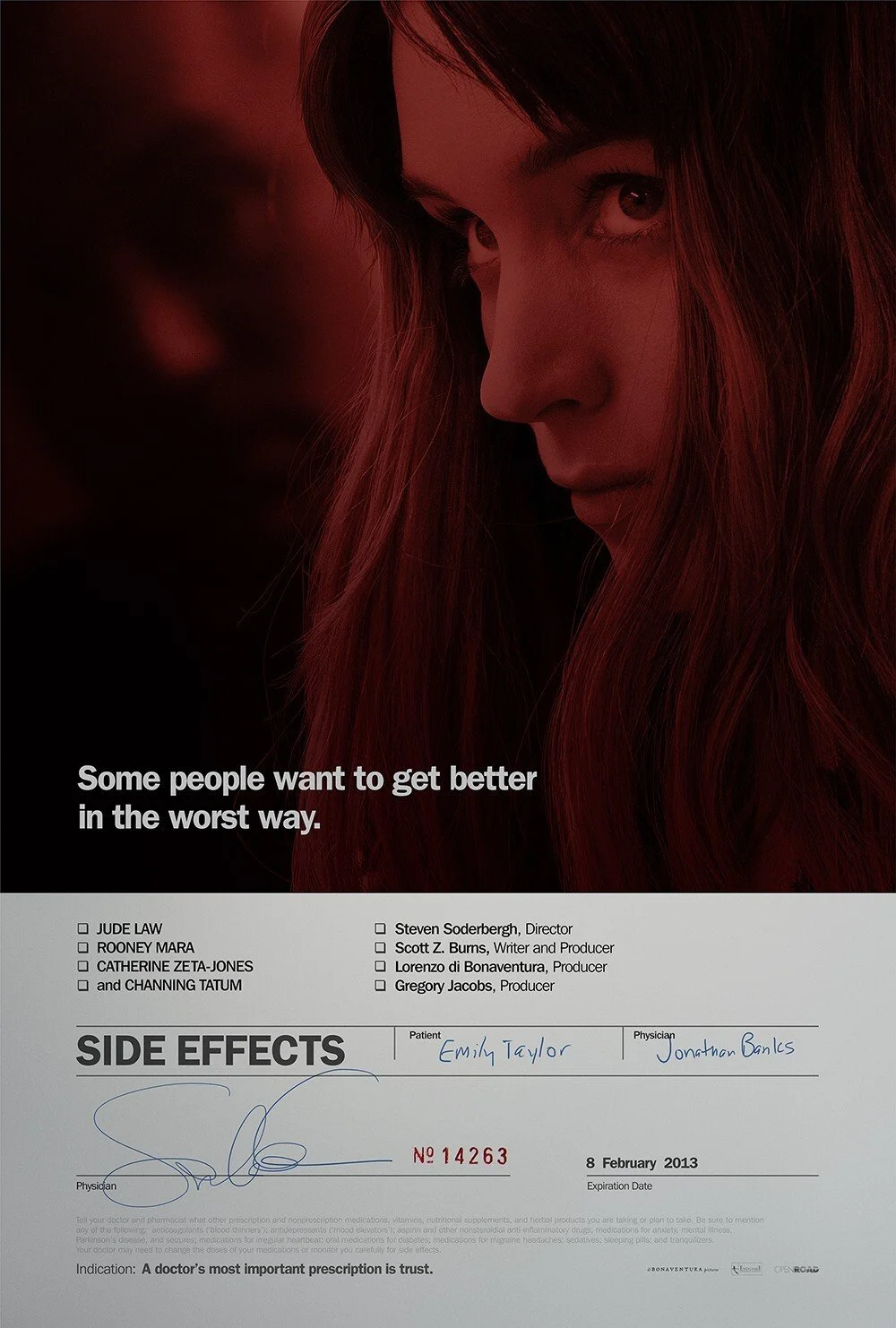Crikey. Despite having a baby following me around all year, I think I've been to the cinema more than ever before! It's all down to the existence of City Screen's amazing baby club, Big Scream. Every Wednesday morning, one of their screens would be full of parents (mostly mums) and their babbling spawn.
The lights would be a little brighter, the sound would be a little lower, but you could sit there and watch a film without too much hassle. Brody would either sleep through it or play on the floor (this mostly involved stealing other babies' toys). It was great, and gave us all a nice family play-date to look forward to each week. It also meant we ended up seeing some absolute crap (The Paperboy), but there were some nice surprises too (I was surprised by how much I loved Les Miserables).
It wasn't a stunning year for film, but there were a few that stood out: Gravity, Le Week-end, What Maisie Knew. Both Hobbits were great once you got past the fact that they were going far beyond the modest confines of the source material (although I still think Smaug should be pronounced "Smaug" rather than "Smaug"). All the superhero movies were jolly good fun too – I probably enjoyed Thor: The Dark World the most.
A few few big disappointments: Before Midnight threw away the charm of the first two films and just gave us two hours of pretentious bickering; Pacific Rim was embarrassingly shoddy in every possible way; and Danny Boyle followed up his triumphant 2012 ceremonials by … showing off his girlfriend's bits in Trance. That was odd.
Anyway, here's everything I saw on the big screen this year:
The Hobbit: An Unexpected Journey
The Impossible
Les Misérables
Lincoln
Hitchcock
Stoker
Oz the Great and Powerful
The Paperboy
Robot and Frank
Trance
Oblivion
The Place Beyond the Pines
Iron Man 3
Star Trek Into Darkness
The Great Gatsby
Man of Steel
World War Z
Before Midnight
Now You See Me
Pacific Rim
The Wolverine
The World's End
Alan Partridge: Alpha Papa
Kick-Ass 2
The Iceman
Elysium
What Maisie Knew
The Way Way Back
About Time
Le Week-End
Gravity
Thor: The Dark World
Saving Mr Banks
The Hobbit: The Desolation of Smaug
